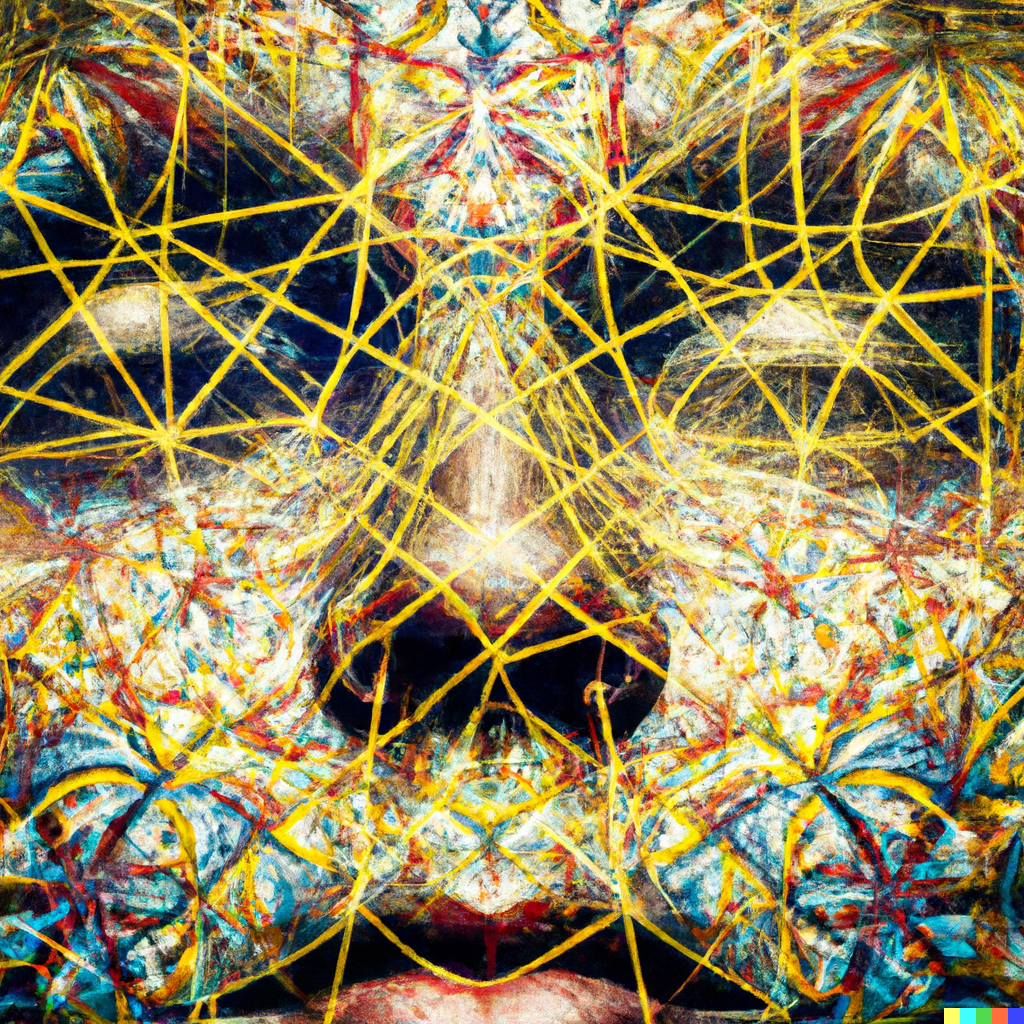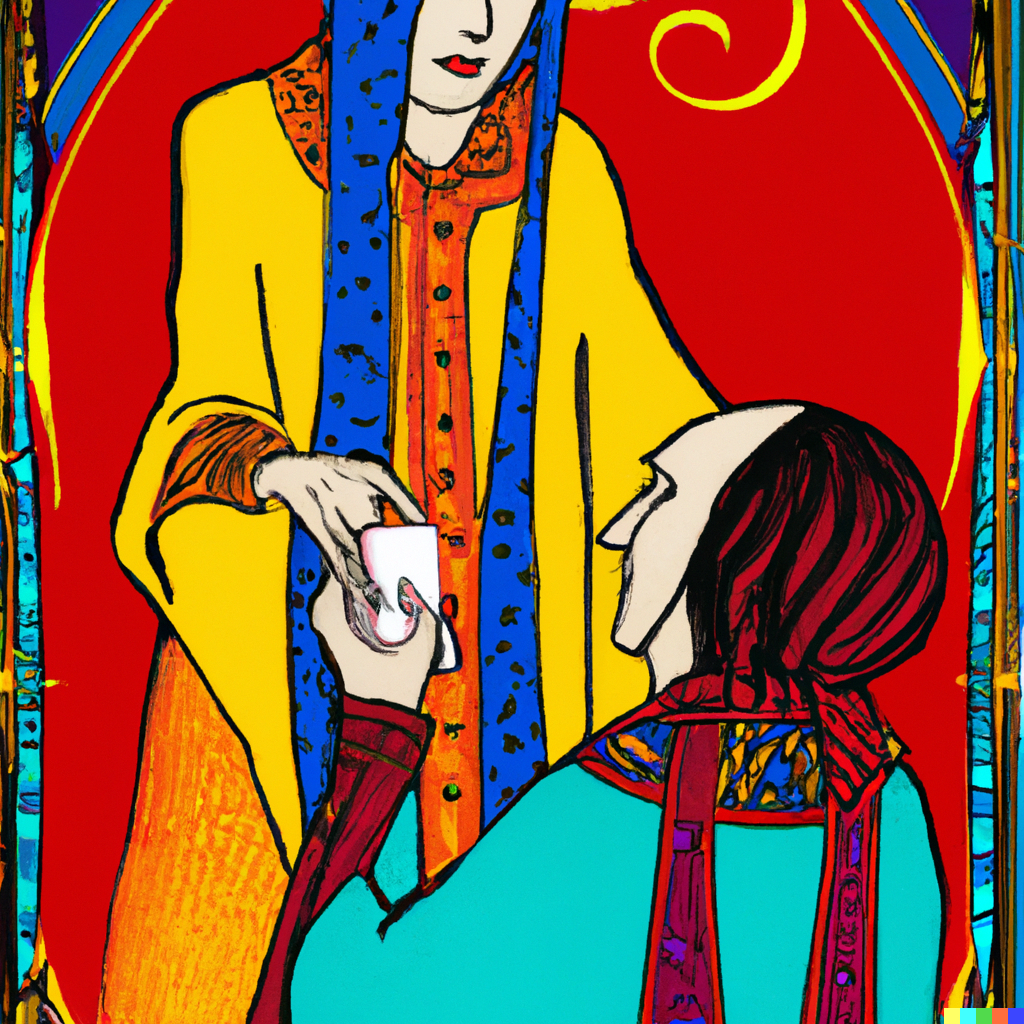Introduction
Throughout history, various cultures have developed unique devices and contraptions for divination purposes. These tools were designed to facilitate communication with the spiritual realm or predict future events, often using complex symbolism and intricate craftsmanship. In this article, we will explore some of the most fascinating divination devices from different cultures, shedding light on the ingenuity and creativity of our ancestors.
- Oracle Bones (China)
As mentioned previously, oracle bones were a popular divination tool in ancient China, particularly during the Shang Dynasty (1600-1046 BCE). These bones, typically sourced from turtles or oxen, were inscribed with questions for the gods. The bones were then subjected to intense heat, causing them to crack. The resulting patterns were interpreted by priests as divine answers to the questions posed.
- Runes (Norse Culture)
Runes, used by the early Germanic and Norse cultures, were not just an alphabet but also a potent divination tool. The runic symbols were carved into stones, wood, or metal, which were then cast or arranged in specific patterns. The individual runes held specific meanings, and their combinations were believed to reveal insights into the past, present, and future.
- Astrolabes (Islamic Golden Age)
Astrolabes are intricate, multifunctional instruments that were widely used for astronomical, navigational, and astrological purposes during the Islamic Golden Age (8th to 13th centuries). They could measure the altitude of celestial bodies, determine the time, and locate geographical positions. Astrologers often used astrolabes to create horoscopes and predict future events based on the positions of celestial bodies.
- I Ching (China)
The I Ching, also known as the Book of Changes, is an ancient Chinese text used for divination. Its system involves casting yarrow stalks or coins to generate a hexagram, a combination of six solid or broken lines. The I Ching contains 64 possible hexagrams, each with its unique interpretation based on ancient Chinese philosophy. Diviners would consult the I Ching to gain insight into various aspects of life, such as relationships, career, and personal growth.
- Crystal Balls (Worldwide)
Crystal balls, made from glass or polished rock crystal, have been used for scrying (a form of divination using reflective surfaces) across various cultures. Crystal balls became particularly popular in Europe during the Middle Ages and Renaissance. Fortune-tellers, psychics, and mediums would gaze into the crystal ball, entering a trance-like state, and interpret the images or visions that appeared within the sphere to predict the future or communicate with the spirit world.
Conclusion
Divination devices and contraptions from different cultures demonstrate the human desire to understand the unknown and connect with the spiritual realm. These tools, which range from the simple to the complex, highlight the creativity and resourcefulness of our ancestors in their quest for wisdom and guidance. By examining these fascinating devices, we can appreciate the rich history of divination practices and their continued impact on modern spiritual beliefs and practices.


